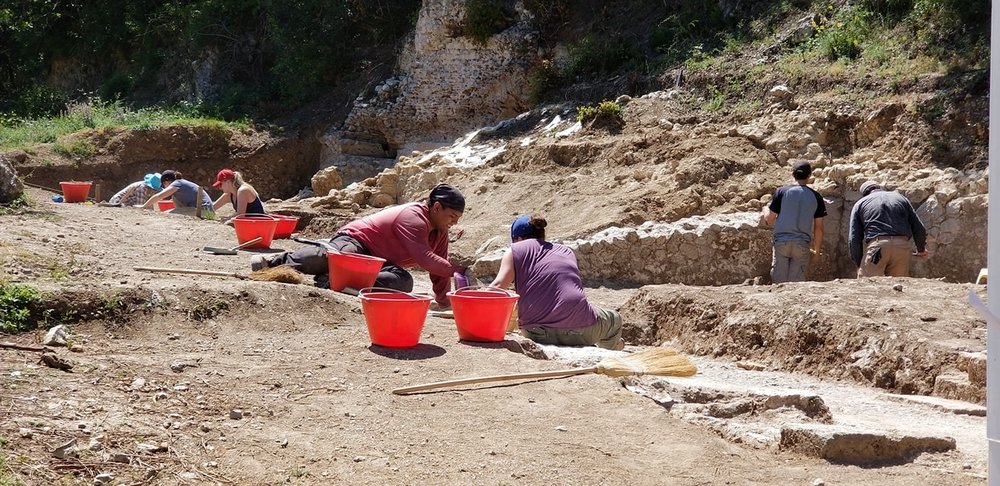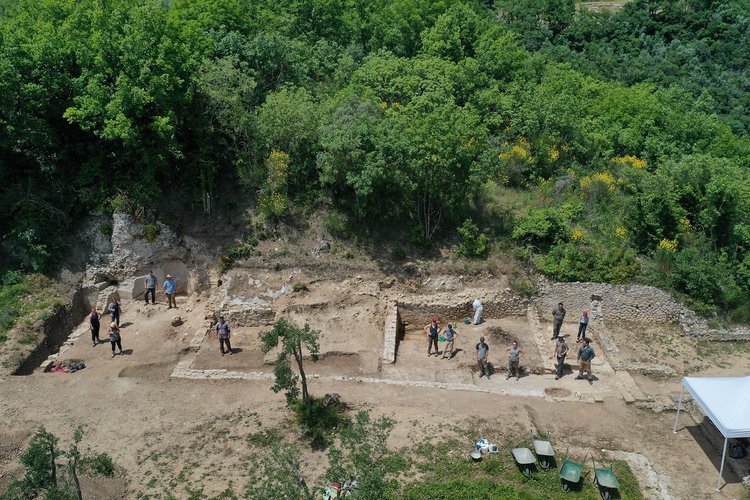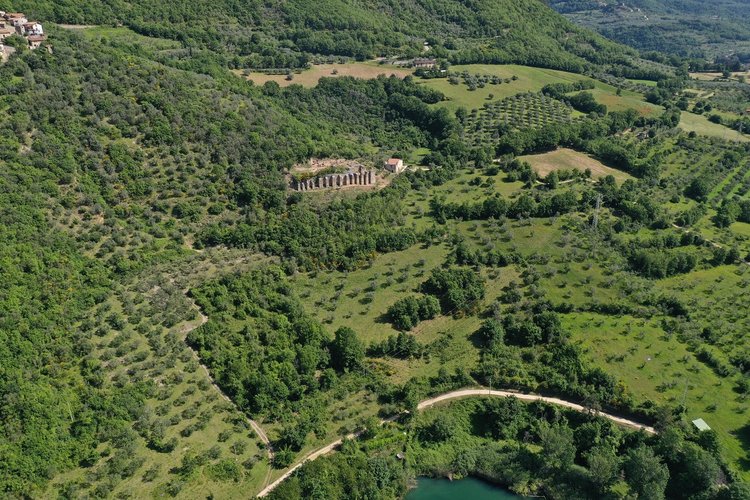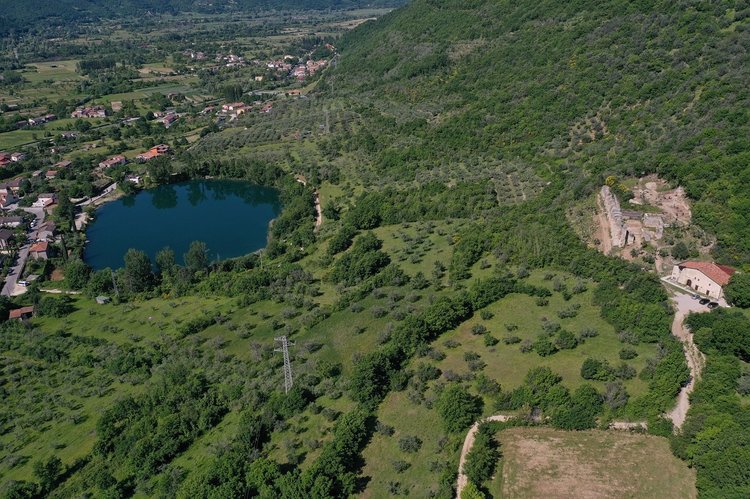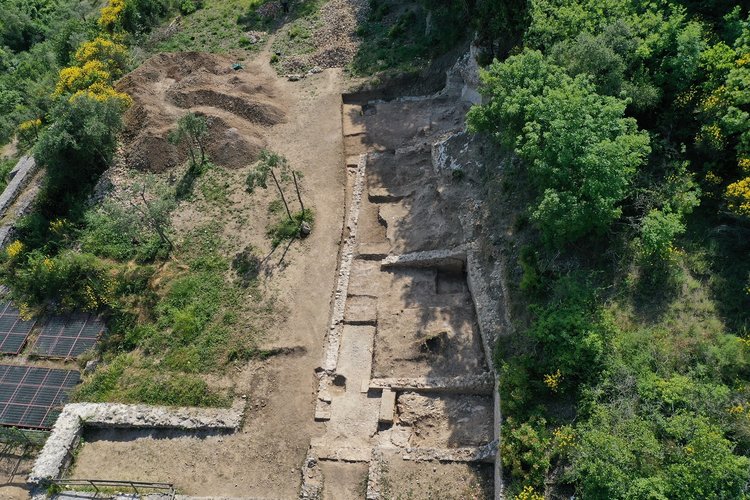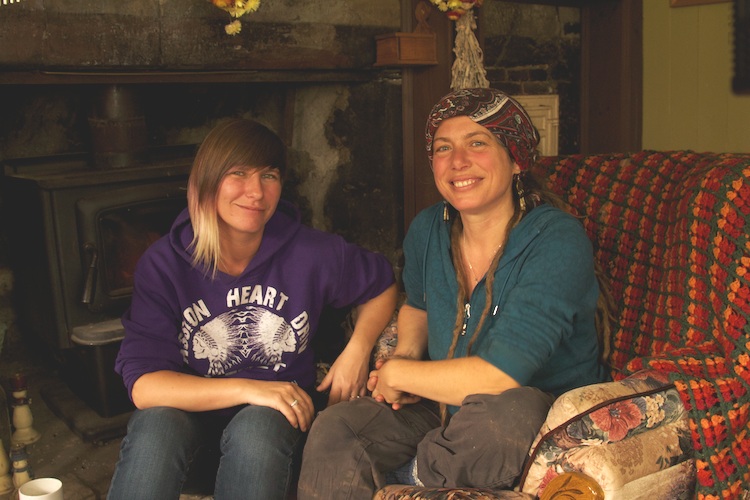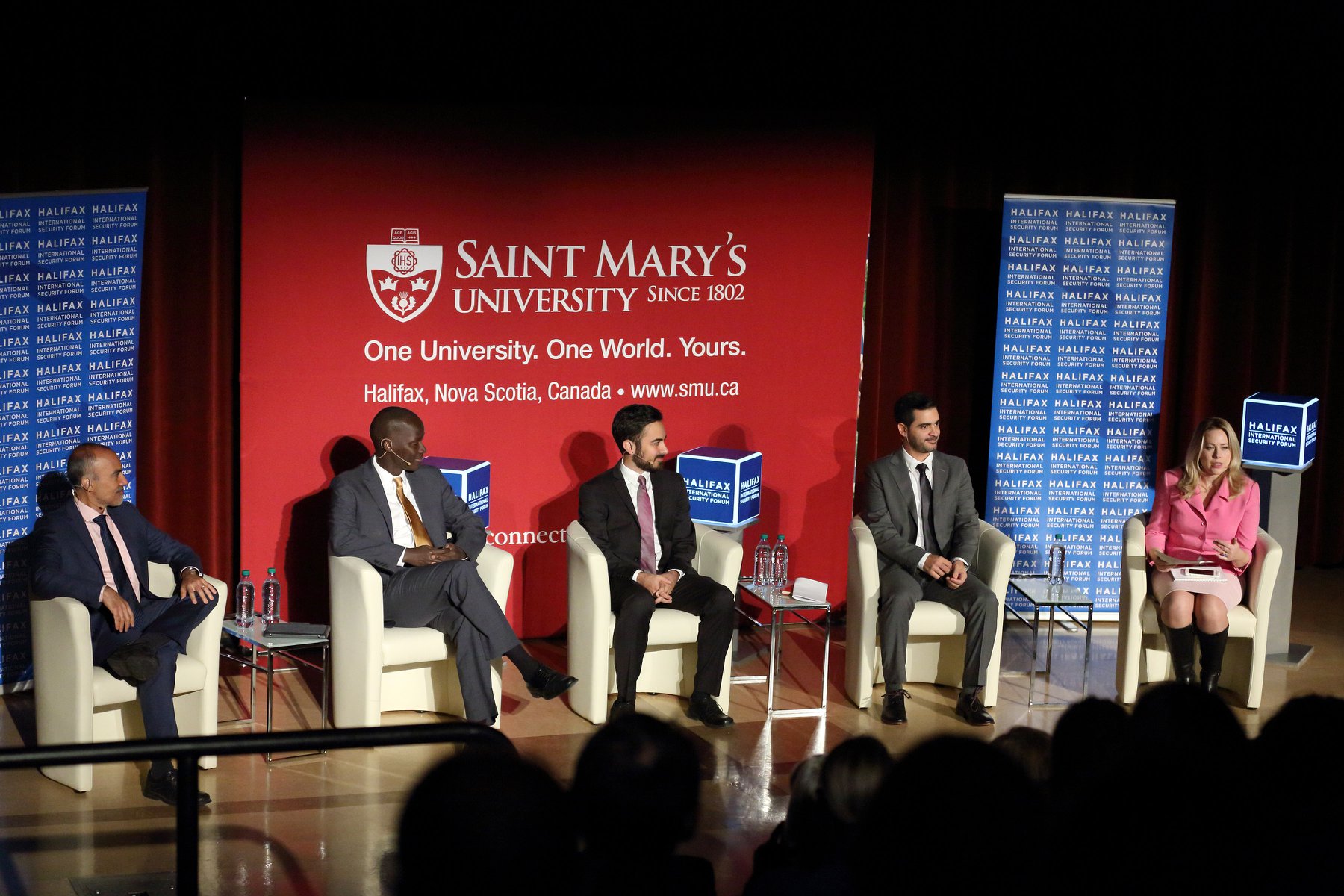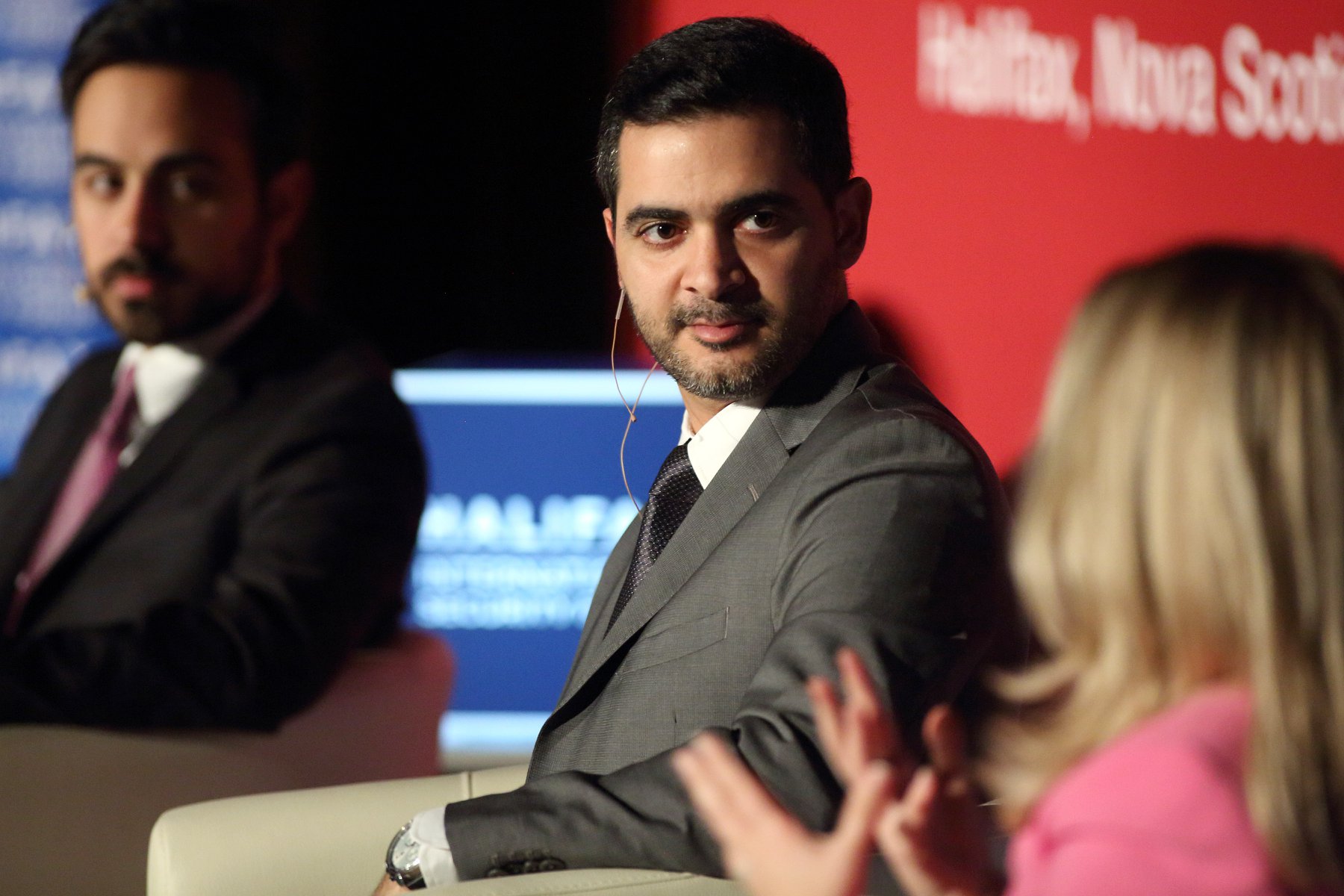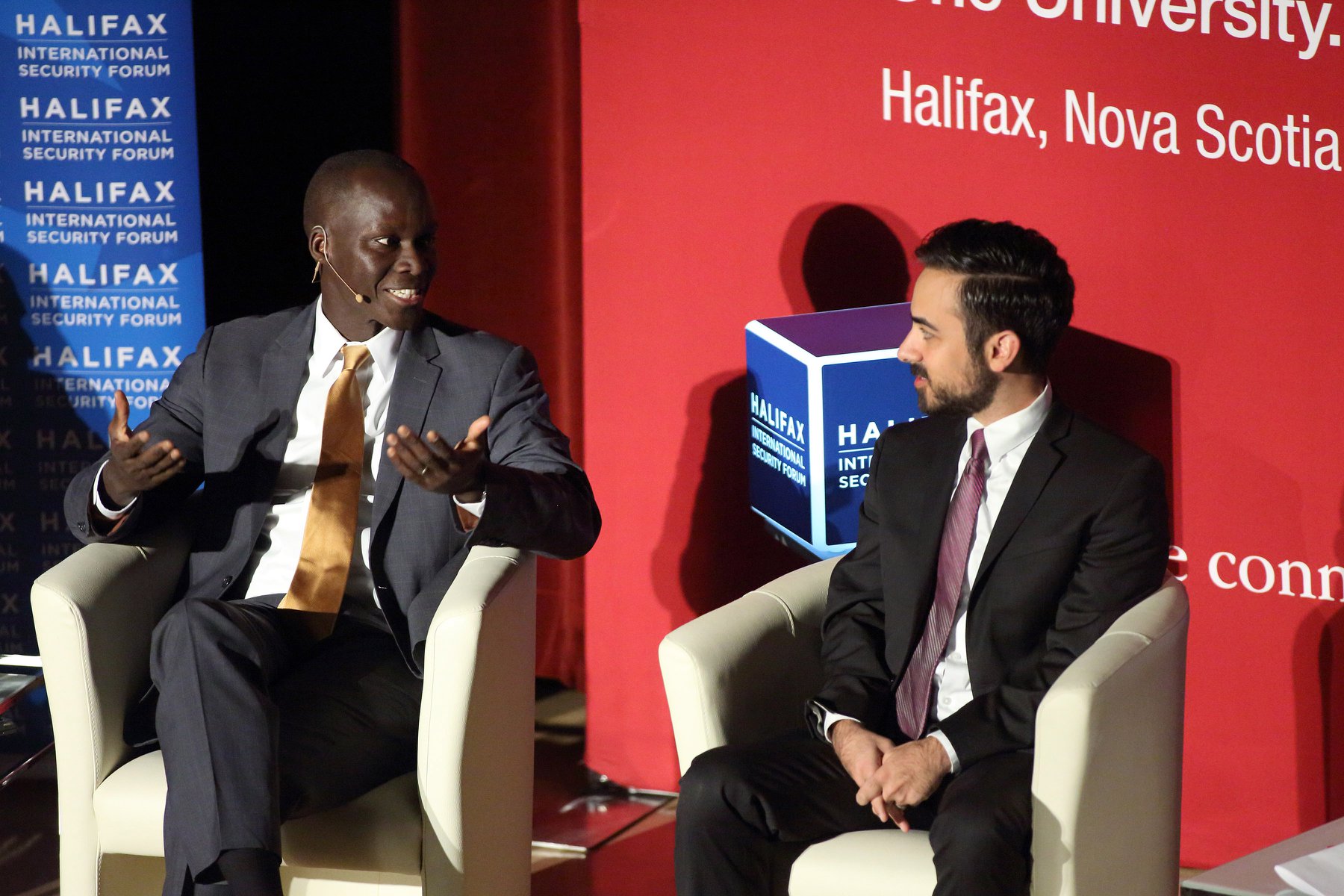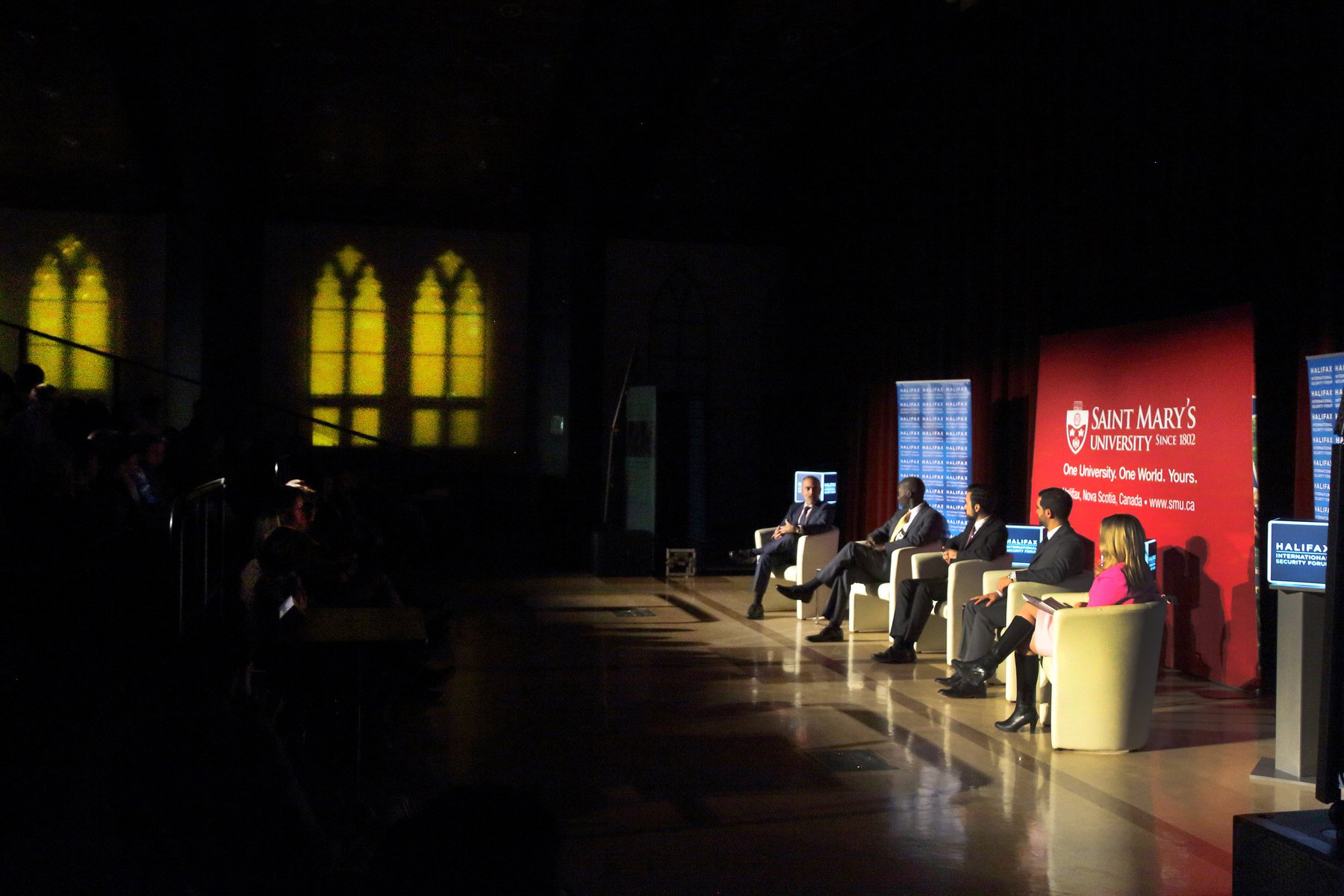Twenty-eight students from China graduated from Saint Mary’s on May 17, becoming the first cohort to complete a unique 2+2 Arts degree program in partnership with Beijing Normal University - Zhuhai (BNUZ).
“You are part of an historic happening,” President Dr. Robert Summerby-Murray told the group at a reception in the Library the night before the Faculty of Arts convocation ceremonies. “As far as we know, no other Canadian university has a partnership with a university in China in Arts.”
Through the 2+2 program, Chinese students complete the first two years of their undergraduate Arts degree at BNUZ, and the final two years at Saint Mary’s. Since September 2017 when the first cohort arrived, more than 80 BNUZ students have registered at Saint Mary’s.
Some of the new graduates are heading home to China but a number will stay in Canada to pursue further studies, said Yajie “Cora” Cao, who majored in Asian Studies. On behalf of her fellow students, she thanked Saint Mary’s faculty and staff at the reception for a memorable learning experience, and for helping students with ongoing challenges such as language and cultural differences.
Zining Chen was thrilled that her mother came to Canada for the first time to attend her graduation. They spent a week travelling out west in Vancouver, Jasper and Banff National Park before returning to Halifax for Friday’s ceremony, which included a special portion for the BNUZ students.
“I’m applying for postgraduate studies, so I’m considering staying in Canada,” said Chen, admitting that her mom “really misses me but it’s ok because she knows I am so happy here.”
While it was helpful having BNUZ schoolmates here, Chen also worked hard to meet new people: “You need to make friends other than your friends who came with you. You need to overcome the language barrier, so I tried to attend as many activities on campus as I could.”
XiaoJiao Wang enjoyed her studies in Halifax but was looking forward to heading back to China on Sunday.
“I haven’t been home for two years,” said Wang, who stayed at SMU for summer classes last year. “I really miss my family but I needed to work hard because I know they always support me. I didn’t want to let them down.”
Her Linguistics major and German language studies at SMU will be a great addition to her prior education in teaching Chinese as a second language, she said. She also volunteered at the Halifax Chinese Language School, and found it interesting to teach Canadian-born students of Chinese descent who didn’t speak any Chinese.
“In China, there are a great number of people learning English now,” she said, adding she’s planning to pursue graduate work next in applied linguistics, toward her teaching career. “I think this degree will help me a lot for my future studies.”
Another highlight for the graduating class was the chance to reconnect with a familiar face from home: Dr. Yue “Cecilia” Qiu had taught them linguistics in their first year at BNUZ, and came on a faculty exchange to SMU two years ago to teach Chinese language classes. Now BNUZ’s Director of the Office of International Exchange and Cooperation, and Associate Dean of the School of Chinese, Dr. Qiu joined Dean of Arts Dr. Margaret MacDonald onstage in the McNally Auditorium to wish the students well after they received their parchments.
“Congratulations to our students, you tried your best and I wish you more success in your future,” said Dr. Qiu, also thanking SMU and its professors. “This is a very good beginning stage for their following future planning, they will have a very good bridge to the friendship between Chinese and Canadian people.”
Saint Mary’s is also a good bridge to friendships in other countries as one of Canada’s most globally connected universities, with students from more than 110 countries. The Faculty of Arts also bestowed degrees this spring to graduates from across Canada, as well as Antigua & Barbuda, the Bahamas, Bangladesh, Bermuda, Brazil, Ghana, India, Italy, Japan, Mauritius, Nepal, Pakistan, Rwanda, Saint Lucia, Turkey, the U.S., Zambia and Zimbabwe.
The SMU-BNUZ partnership began in 2002 and includes a study abroad program, transfer credit agreements, and a satellite SMU campus established at BNUZ in 2014. It offers an annual five-week summer study abroad program at BNUZ on Chinese history and culture, as well as a three-week summer program for Chinese students, focused on North American culture and English language. SMU and BNUZ also collaborate in offering four professional development institutes for academic faculty and administrative staff from the two universities.





